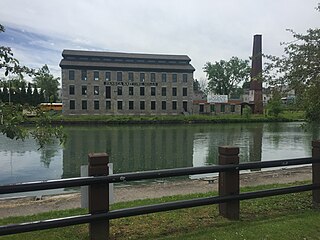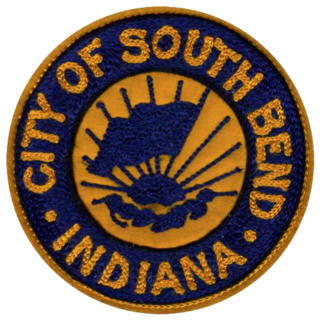
The Women's Centennial Congress was organized by Carrie Chapman Catt and held at the Astor Hotel on November 25-27, 1940, to celebrate a century of female progress.

The Women's Centennial Congress was organized by Carrie Chapman Catt and held at the Astor Hotel on November 25-27, 1940, to celebrate a century of female progress.
The date chosen was 100 years after the first World Anti-Slavery Convention in London in 1840. That convention had been a gathering of abolitionists from around the world. The organisers were surprised when women were sent as delegates and the initial reaction was to deny them entry. Women including the female delegates were only allowed in under sufferance and they were forbidden from speaking or voting. This event was, in time, the catalyst for later efforts in the suffrage movement, especially the Seneca Falls Convention. At the Women's Centennial Congress, 100 successful women, most notably Eleanor Roosevelt, were selected to represent female progress in numerous fields, [1] although Catt had failed to get Roosevelt to attend the conference. [2] The 100 women chosen were all American, alive and doing jobs that would have been impossible for a woman to undertake in 1840. [3]
A later commentator evaluated the conference as a media event. [2]

Carrie Chapman Catt was an American women's suffrage leader who campaigned for the Nineteenth Amendment to the United States Constitution, which gave U.S. women the right to vote in 1920. Catt served as president of the National American Woman Suffrage Association from 1900 to 1904 and 1915 to 1920. She founded the League of Women Voters in 1920 and the International Woman Suffrage Alliance in 1904, which was later named International Alliance of Women. She "led an army of voteless women in 1919 to pressure Congress to pass the constitutional amendment giving them the right to vote and convinced state legislatures to ratify it in 1920". She "was one of the best-known women in the United States in the first half of the twentieth century and was on all lists of famous American women."

The National Women's Hall of Fame (NWHF) is an American institution founded to honor and recognize women. It was incorporated in 1969 in Seneca Falls, New York, and first inducted honorees in 1973. As of 2024, the Hall has honored 312 inductees.

The South Bend Blue Sox was a women's professional baseball team who played from 1943 through 1954 in the All-American Girls Professional Baseball League. A founding member, the team represented South Bend, Indiana, and played their home games at Bendix Field (1943–1945) and Playland Park (1946–1954).

The Grand Rapids Chicks were a women's professional baseball team based in Grand Rapids, Michigan. They played in the All-American Girls Professional Baseball League from 1945 to 1954, winning championships in 1947 and 1953.

The Peoria Redwings was a women's professional baseball team who joined the All-American Girls Professional Baseball League in the 1946 season and remained in the league through 1951. The team represented Peoria, Illinois, playing home games at Peoria Stadium.

Sue Shelton White, called Miss Sue, was a feminist leader originally from Henderson, Tennessee, who served as a national leader of the women's suffrage movement, member of the Silent Sentinels and editor of The Suffragist.
Notable American Women, 1607–1950: A Biographical Dictionary is a three-volume biographical dictionary published in 1971. Its origins lay in 1957 when Radcliffe College librarians, archivists, and professors began researching the need for a version of the Dictionary of American Biography dedicated solely to women.
The Woman Suffrage Party (WSP) was a New York city political organization dedicated to women's suffrage. It was founded in New York by Carrie Chapman Catt at the Convention of Disfranchised Women in 1909. WSP called itself "a political union of existing equal suffrage organizations in the City of New York." WSP was many New York women's first experience with politics and "contributed directly to the passage of a woman suffrage amendment in New York state."

Mary Garrett Hay was an American suffragist and community organizer. She served as president of the Women's City Club of New York, the Woman Suffrage Party and the New York Equal Suffrage League. Hay was known for creating woman's suffrage groups across the country. She was also close to the notable suffragist, Carrie Chapman Catt, with one contemporary, Rachel Foster Avery, stating that Hay "really loves" Catt.